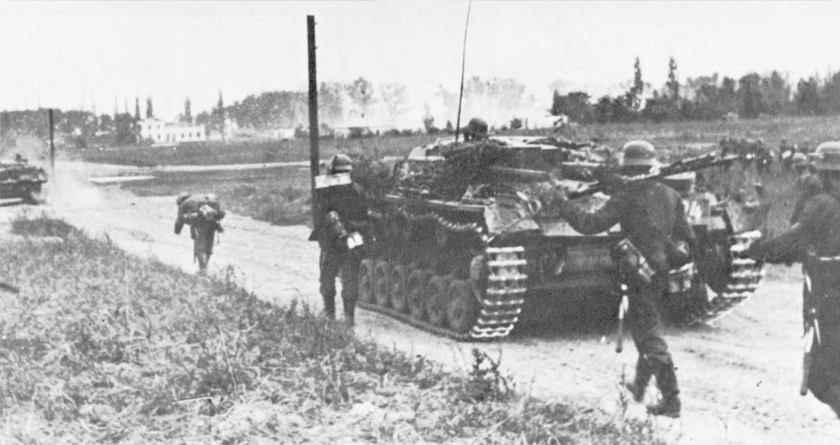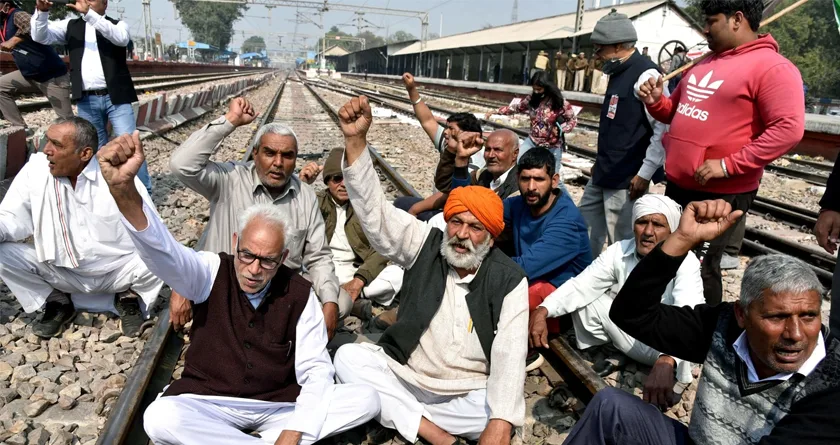
World War II 1939-1945
A brief details of World War 2
Wednesday, 23rd June 2021
During the years 1939–45, World War II, often known as the Second World War, was a struggle that engulfed practically every country on the planet. The Axis powers—Germany, Italy, and Japan—were pitted against the Allies—France, the United Kingdom, the United States, the Soviet Union, and, to a lesser extent, China. The war was, in many ways, a continuation of the disputes left unresolved by World War I, after a tense 20-year hiatus. With 40,000,000–50,000,000 deaths, World War II is the bloodiest and largest conflict in history.
World War II, along with World War I, was a watershed moment in geopolitical history in the twentieth century. The Soviet Union's expansion of power into Eastern Europe enabled a communist movement to eventually gain power in China and marked a decisive shift in global power away from Western European states and toward the United States and the Soviet Union.
The start of the war
By the early part of 1939, Adolf Hitler, the German ruler, had made up his mind to attack and occupy Poland. Poland, for its part, got military assurances from France and the United Kingdom in the event of a German assault. Hitler had already planned to invade Poland, but he needed to eliminate the prospect that the Soviet Union might fight the invasion of its western neighbor. The German-Soviet Nonaggression Pact was signed in Moscow on August 23–24, after secret discussions.
The Germans and the Soviets agreed in a secret protocol of this pact that Poland should be divided between them, with the western third going to Germany and the eastern two-thirds going to the USSR. After achieving this cynical agreement, the other elements of which stunned Europe even before the secret protocol was revealed, Hitler believed Germany could attack Poland without fear of Soviet or British involvement, and he sent orders for the invasion to begin on August 26. He postponed the initiation of hostilities for a few days after learning that Great Britain and Poland had signed a formal treaty of mutual support on August 25 (which would supersede a prior but temporary arrangement).
He remained adamant about ignoring the western powers' diplomatic efforts to restrict him. Finally, on August 31, 1939, at 12:40 p.m., Hitler issued an order for hostilities against Poland to begin at 4:45 a.m. the following day. The invasion started as planned. As a result, on September 3, between 11:00 a.m. and 5:00 p.m., Great Britain and France declared war on Germany. World War II has officially begun.
1918–1939: War Technology
When World War I came to a close, the experience seemed to validate the defensive's superiority over the offensive. It was widely assumed that a successful offensive required a numerical advantage of at least three to one. In the interwar years, defensive notions guided the construction of the Maginot Line between France and Germany, as well as its smaller counterpart, the Siegfried Line. Nonetheless, by 1918, both of the offensive's requirements had been met: tanks and planes. The battles of Cambrai (1917) and Amiens (1918) demonstrated that when tanks were utilised in large numbers, with surprise, and on firm and open terrain, any trench system could be broken through.
The News Talkie Bureau
Source
britannica











